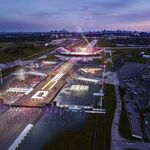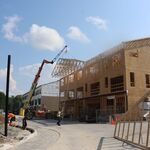DSC
Superstar
Member Bio
- Joined
- Jan 13, 2008
- Messages
- 19,442
- Reaction score
- 27,566
- Location
- St Lawrence Market Area
Clearly we will need to stop ALL parking on roadways too and, as noted above, no patios and certainly no road lane closures for developers. Sigh.




